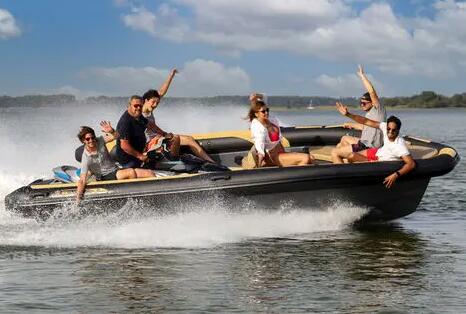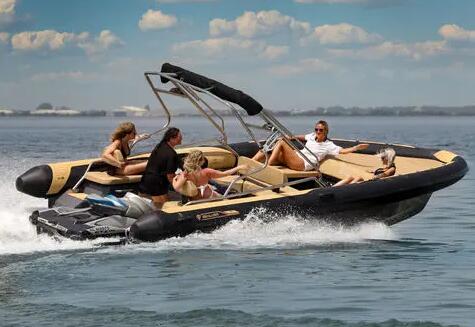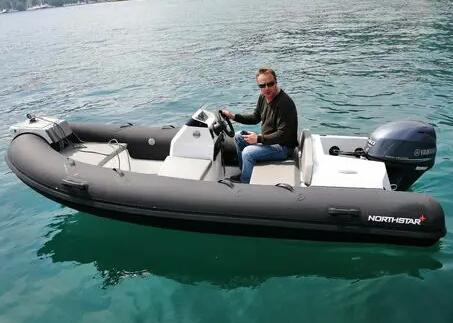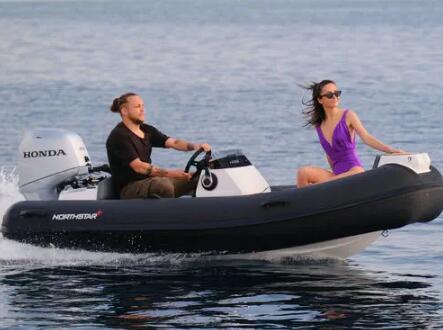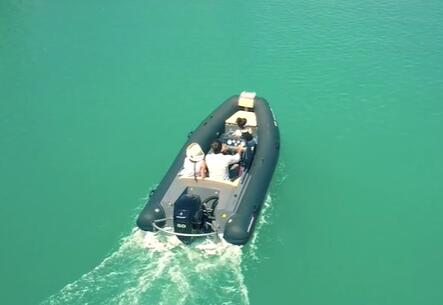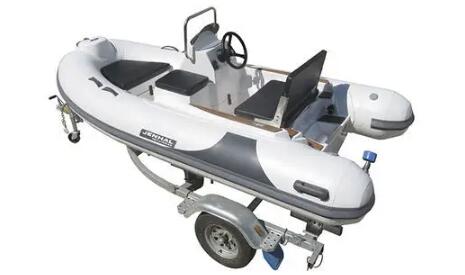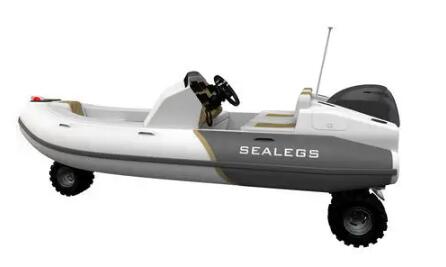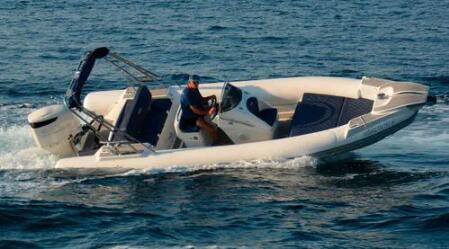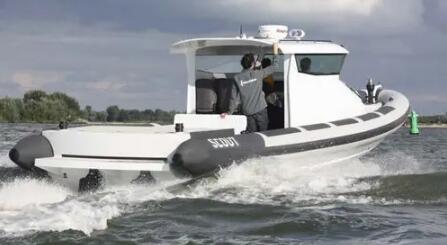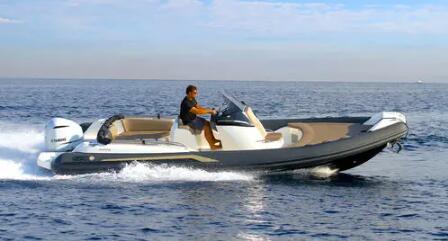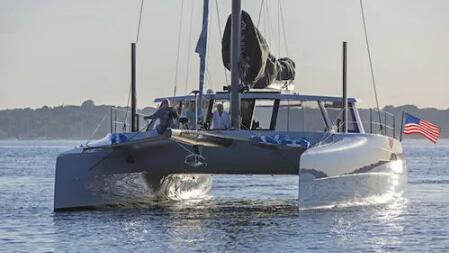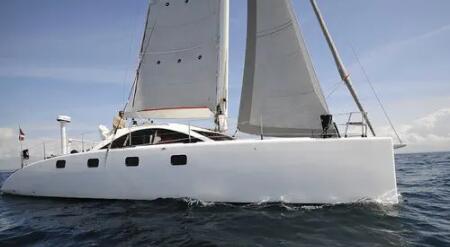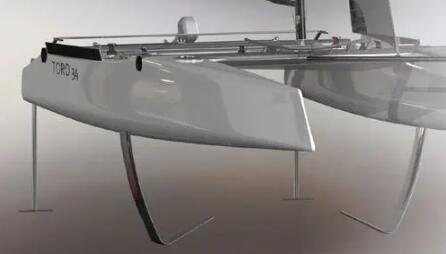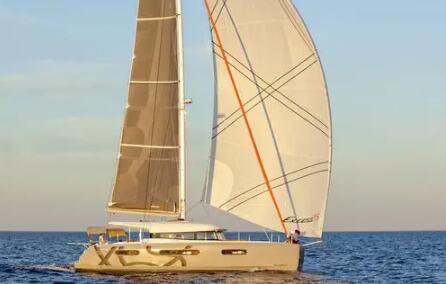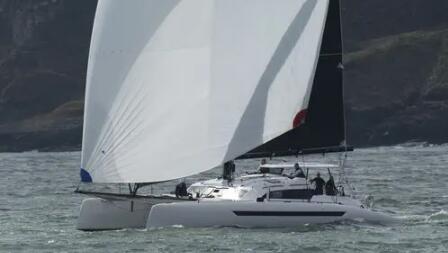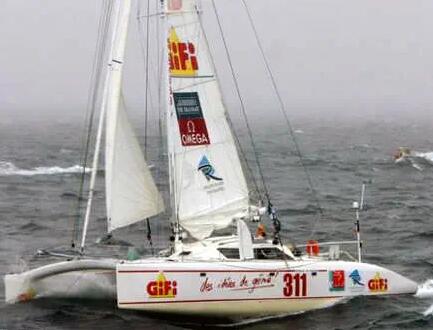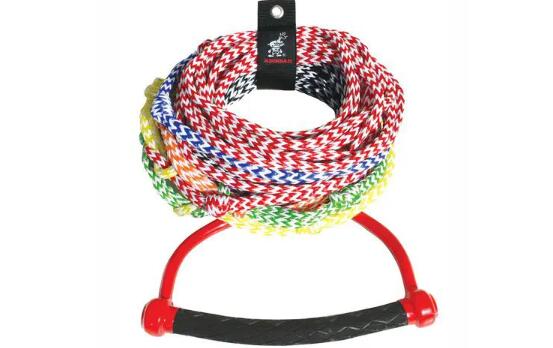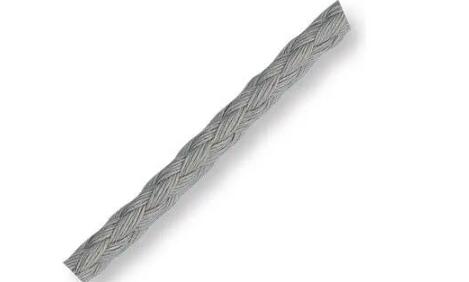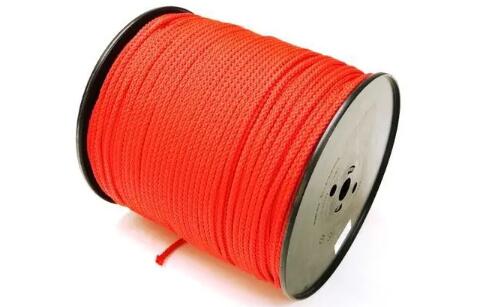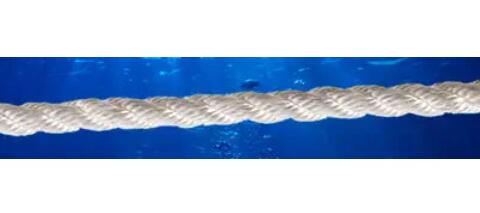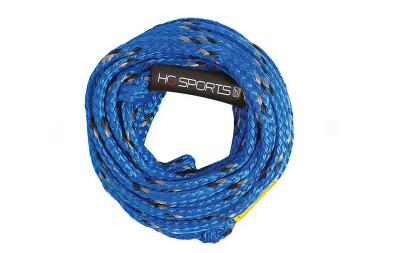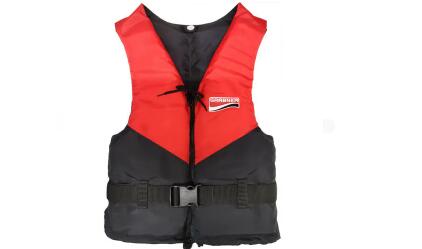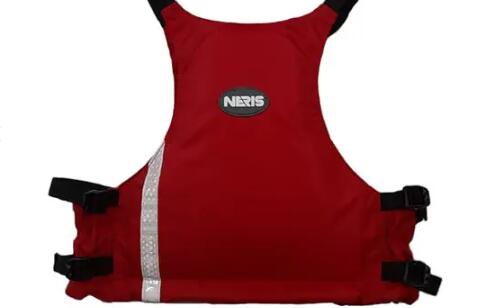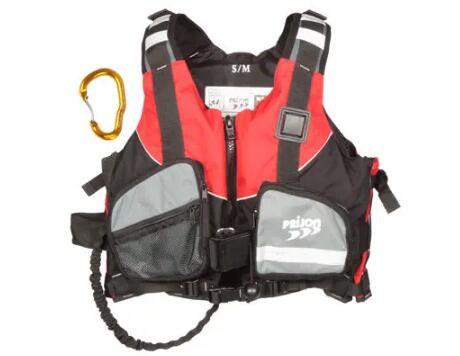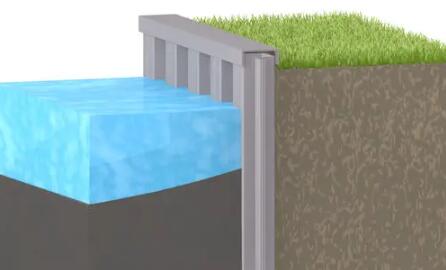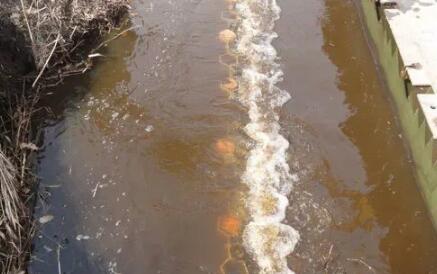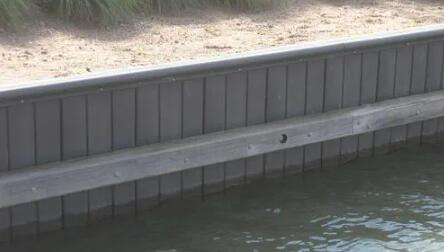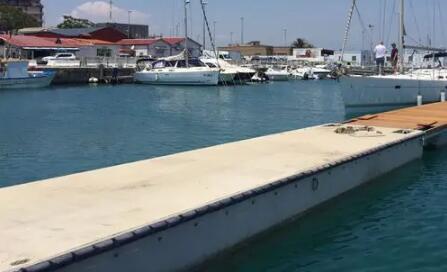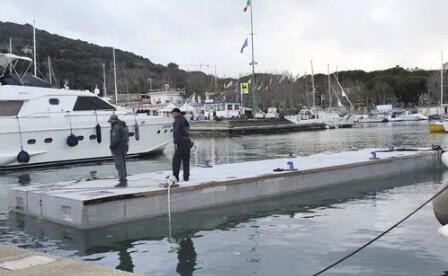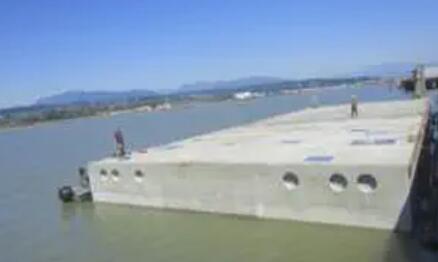一、科学解答的来也许是潜意识或者幻觉可以说是你自己的,因为人的大脑思想很难说的清楚.人的大脑我们一生只用了百分之几,还有很多没有用完!!或者心理使你产生了一种幻觉. 二、船舶经油水分离器处理的污水多少海里可以排?船上的污油都是需要处理的,不可以直接排舷外。污油需要通过污油水舱收集起来,然后通过油水分离器分离,油份低于15ppm可以直接排舷外,否则必须排回舱内。除了到码头排岸外,如果船上有焚烧炉,可以直接烧掉。 三、船舶使用垃圾焚烧炉焚烧垃圾有什么规定Marine incinerator Solid material, usuallyin sacks, is burnt by an automatic cycle of operation. Liquid waste is storedin a tank, heated and then pumped to the sludge burner where it is burnt in anautomatic cycle. After use the ash box can be emptied overboard. Procedure for ships waste via Marine incinerator Shipboard generatedwastes can only be disposed of legally by the following two methods C1.Disposal by onboard Incineration 2.Disposal to a shore based facility The availability and cost of disposal to shore based facilitiesand the trading constraints such as time in port, access at tanker terminalsand other restrictions have made option “b” less attractive. Oil and sewagesludge incineration may take place in main or auxiliary power plants orboilers, but not whilst in ports or enclosed water. Waste incinerationonboard sea going ships is regulated by IMO MARPOL 73/78 Resolution MEPC.176(58),adopted 10 October 2008 and IMO MARPOL Annex VI, Chapter III Regulation 16 andAppendix IV C Requirements for Control of Emissions from Ships C ShipboardIncineration. All new Incinerators installed onboard a ship on or after 1stJanuary 2000 require compliance with the above regulations and shall have IMOType Approved Certificate. It is prohibited toincinerate: • Residues of cargoessubject MARPOL Annex I, II, III • Polychlorinatedbiphenyls (PCB) • Garbage containingheavy metals, defined in Annex V • Refined petroleumproducts containing halogens • Sewage sludge andsludge oil either of which are not generated onboard the ship • Exhaust gas cleaning systemresidues. Polyvinyl chlorides (PVCs) can only be incinerated in IMO typeapproved incinerators. In accordance with the Helsinki Convention, all shipsare prohibited to use their incinerators whilst in the Baltic Sea area. SeeAttached “Clean Seas Guide Baltic States” for an overview of the regulationsgoverning this area. The following conditionsmust also be met: • Personnel responsiblefor operation of any incinerator shall be trained. • Manufacturer’s manualfor the incinerator shall be available onboard. • Minimum flue gastemperature is 850 degrees Centigrade. • The unit shall reach600 degrees Centigrade within 5 minutes after start up. • Monitoring of flue gasoutlet temperature required. Incinerators without IMO type approval Certificate or installedbefore 1st January 2000 can still be used for burning SLUDGE OIL and solidwaste provided this does not contain any plastic or synthetic materials. Inaddition to the above, the following criteria must be established. •Quantify and designate Sludge preparation tanksfor ships using heavy fuels: 2% of daily consumption. • Quantify Incineratoruse: 1% of the bunker consumption plus 2-3 hours for solid waste incineration. • Owners must decide onthe number of hours per day that the Incinerator should be allowed to work.Generally 8-12 hours per day. • Consideration shouldbe made for ships trading in ECA areas (e.g. Baltic Sea) where incineration isnot allowed. Put up suitable notices. • Please confirm thatyour vessel has a manual for the Incinerator. • The Operator must betrained in the use of the Incinerator by the Chief Engineer and records of thistraining must be maintained. Please keep this information accessible for the daily use of thestaff who are assigned to operate the incinerator MARPOL73/78附则V-防止船舶垃圾污染规则,有指出什么样的垃圾可以焚烧。 |
| 上一篇:船舶服务有限公司的经营范围? | 下一篇:中海油田服务怎么样? |
| 江南造船厂在哪里? |
2024-03-12
|
查看详情 >> |
| 光租服务与干租服务的区别? |
2024-03-12
|
查看详情 >> |
| 中国三大造船厂是谁? |
2024-03-12
|
查看详情 >> |
